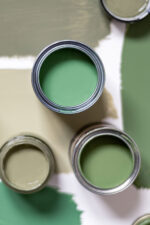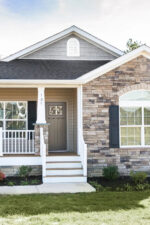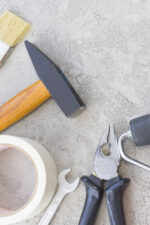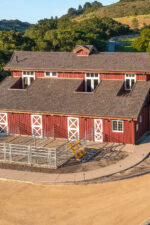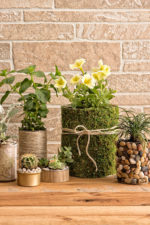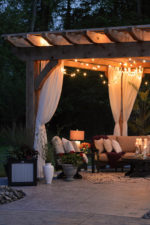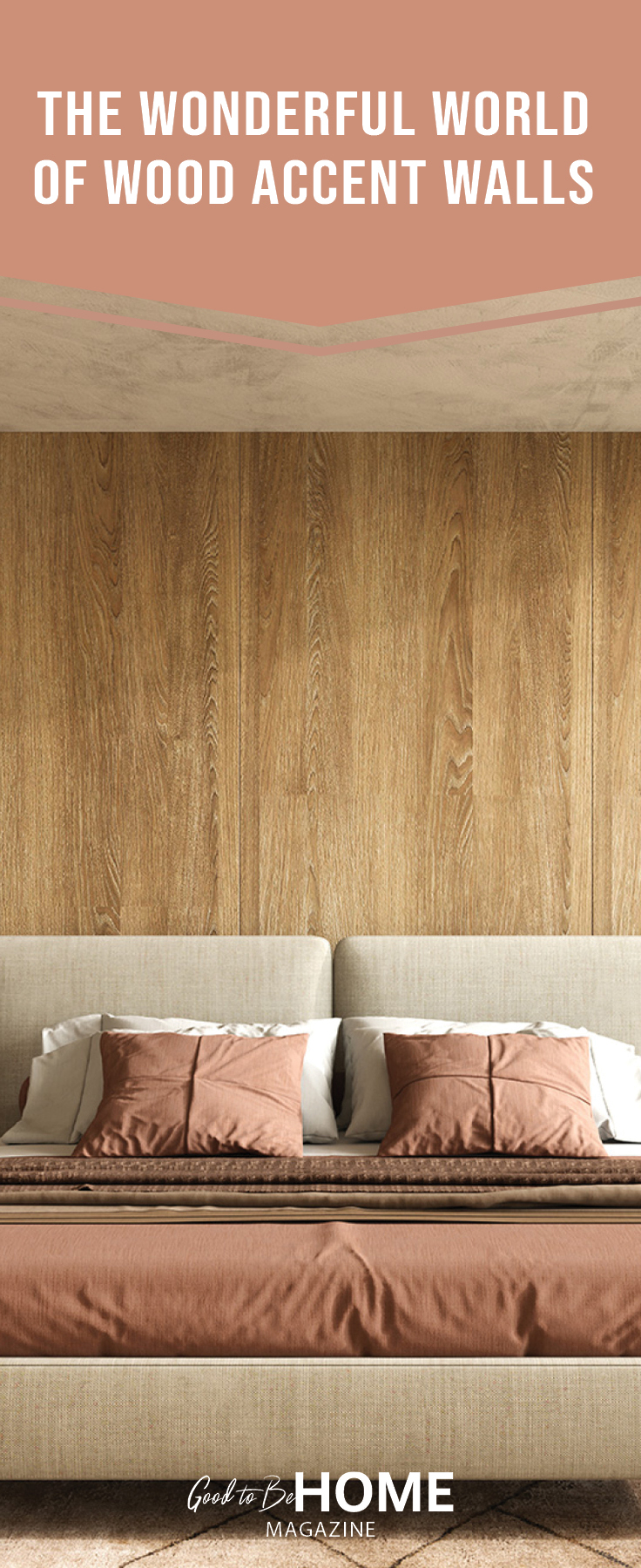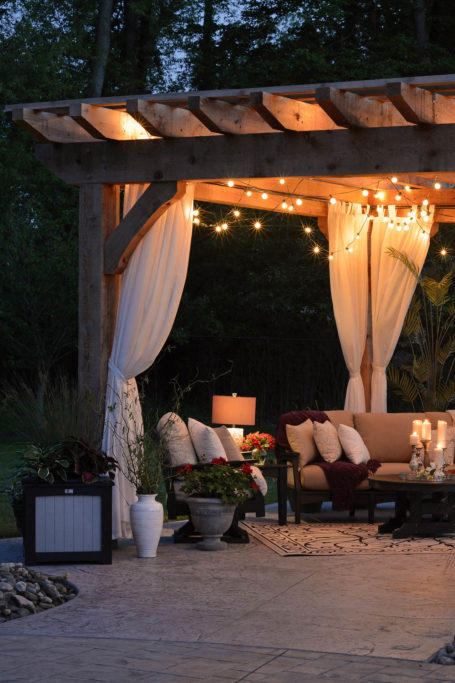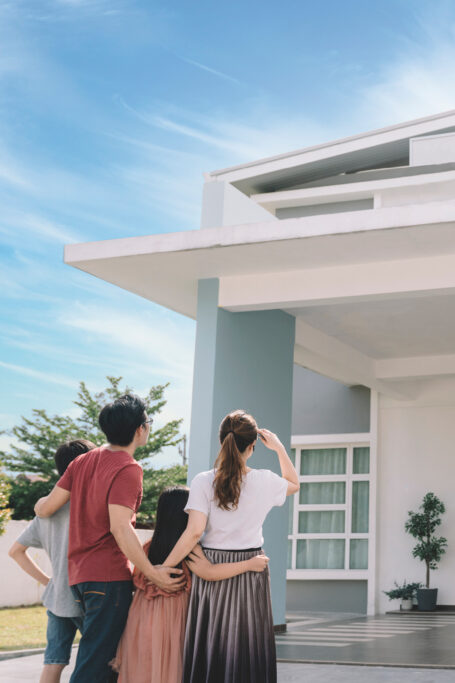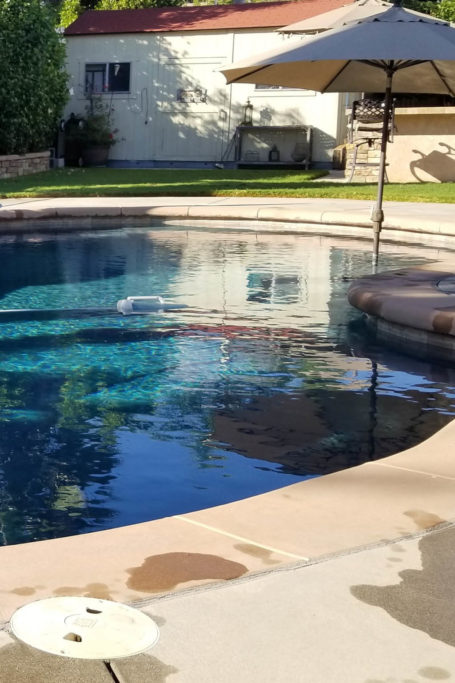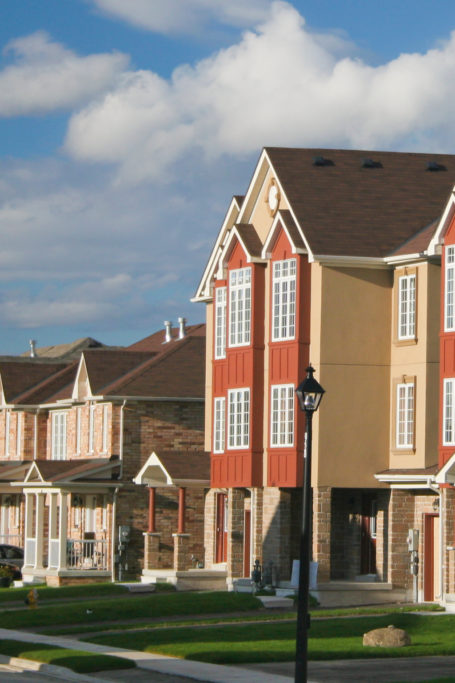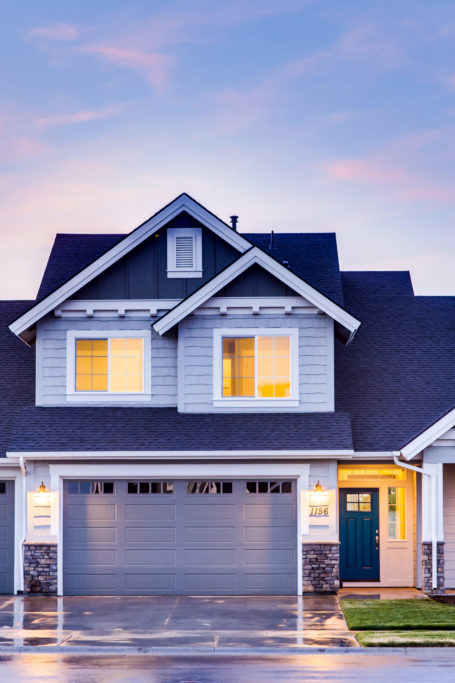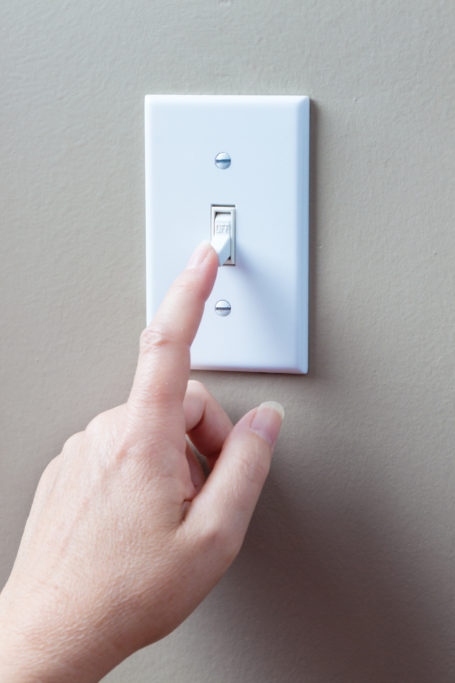The Wonderful World of Wood Accent Walls
An accent wall is a great way to add visual interest to a space, and there’s no limit to how much you can make a wall pop. Though painted accent walls have become less popular in recent years, one trend that’s around for the long haul is wood accent walls, and it’s not hard to see why. This style is easy to implement (you simply add wood panels or boards to a wall), comes in a variety of designs, is impermanent, and can be refreshed with a new coat of paint. So if you’re looking for a simple way to update your space, check out these different wood accent styles that are perfect for any home.

Board-and-batten
Board-and-batten walls started as an architectural design for the exteriors of buildings. It was originally a siding consisting of narrow wooden strips (the battens) that were layered over the seams between larger, wider boards to help seal the gaps. The siding has since found its way into homes across the nation due to its ability to add dimension and interest to any space. Board-and-batten is a relatively simple and cost-effective home improvement, especially if you ditch the boards altogether and simply attach the battens directly to your walls. You can apply the battens horizontally or vertically, and you can paint them the same color as your walls or in a contrasting or complementary color. The options are endless, which makes it a flexible and timeless style for any area of your home.
Geometric designs
The newest and perhaps most complex wall treatment, geometric wood designs involve creating intricate patterns on your wall with long, narrow pieces of wood. These tend to make for eye-catching feature walls that work well with contemporary design styles. You can be as creative as you want within this design’s parameters—due to the inflexibility of wood, you’re limited to hard-edged patterns like hexagons, repeating triangles, or abstract lines. This wall style works best when painted the same color as the rest of your walls, but you can opt for a different sheen or shade to make the wood pop a bit more. It’s a great option for entryways, dining rooms, or any other area where visitors are sure to see your hard work and appreciate the intricate details.
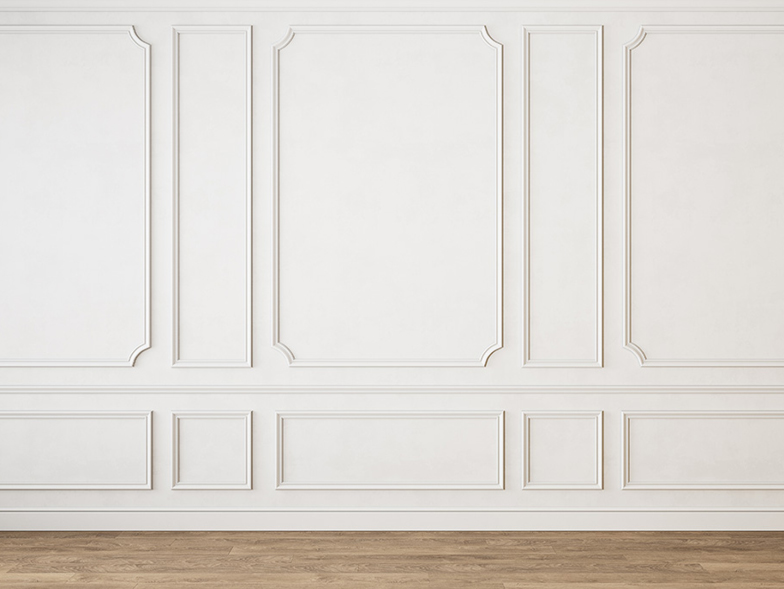
Picture-frame molding
A classic style, picture-frame molding has made its way back into living rooms and dining rooms in recent years. Commonly found in formal spaces in historic houses, this design style consists of rectangular boxes of various sizes that are layered across the wall, often with smaller boxes on the lower half of the wall and larger boxes on the top. Since the molding is typically painted the same color as the wall, it’s another cost-effective and relatively simple way of adding interest and dimension to your spaces without making too loud of a statement.
Reclaimed wood
Reclaimed-wood feature walls tend to look more rustic, especially when the wood is left unfinished, but they make for a striking addition to any room. You can apply the boards to the wall the same as you do shiplap, though it will have a very different aesthetic since reclaimed wood can have a variety of colors. If you want to get crafty and eco-friendly, you can opt to take apart wooden pallets and cut the boards to your desired length. It’s a great option if you want to upcycle wood instead of purchasing new materials from your local hardware store.
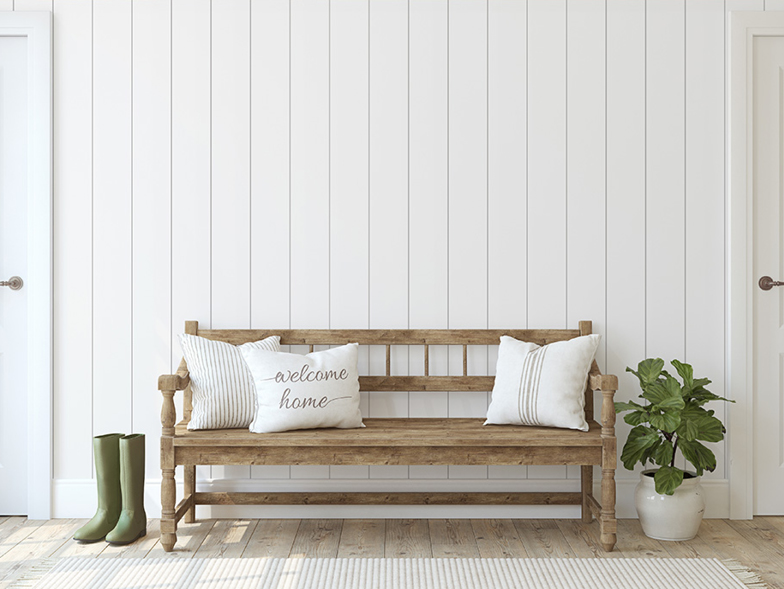
Vertical shiplap
While horizontal shiplap has made its way out in recent years, a trendier way to use the material is to hang it vertically. This configuration can elongate your walls, making them appear taller and your room appear more open. White shiplap tends to make homes look more farmhouse, but darker colors such as black or navy can modernize any space. This style can add texture and dimension to your room and makes for a great accent wall behind your bed, in your bathroom, or even in your entryway.
Wood slats
If you’re looking to add just a touch of an accent to a room, then a wood-slat wall is a great option. These walls typically consist of one-inch-wide wooden boards that are attached side by side to the wall. You can leave a space between each board, allowing the wall color to peek through the slats, or you can make them flush. You can also apply as many or as few as you like, simply covering one area of the wall or the entire wall. These accent walls work well behind TV stands, in a bathroom, or behind your bed. They’re a modern approach to wood accent walls and are simple to do yourself since you only need to cut the boards, stain them, and then attach them with nails or a construction adhesive.
Whatever style you choose, wood feature walls are a wonderful way of adding some character to your living spaces.

